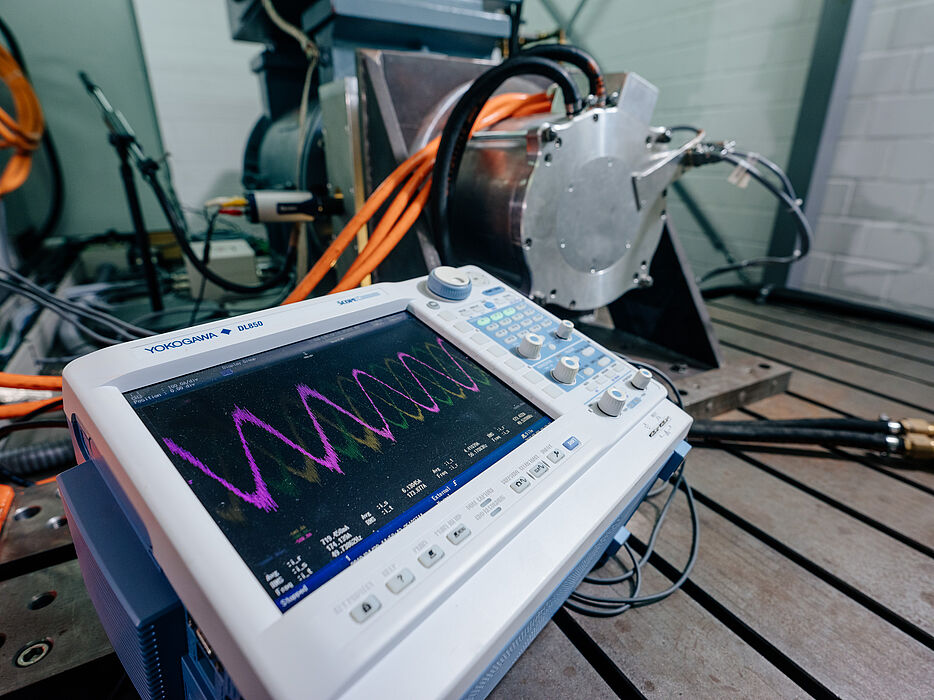Paderborn University research group produces prototype
Precise signals play an important role in various applications - from measuring and radar systems to telecommunications. In telecommunications in particular, ever larger amounts of data have to be transmitted in ever shorter periods of time. If the signals used for data transmission are not highly precise, this can lead to errors in communication. A research group at Paderborn University is therefore working on a so-called signal generator in the "RadiOptics" research project, which reduces potential sources of error. Such signal generators are used as measuring devices in the development of new technologies and components, for example. The project is being funded by the EXIST research transfer programme of the Federal Ministry for Economic Affairs and Climate Protection (BMWK) with a sum of around 849,000 euros. EXIST supports outstanding scientific start-up projects from the initial idea to the founding of a company.
Phase noise should be minimised
Signal generators are laboratory devices that are used as test equipment in product development. They are used in a wide range of applications, from computer technology to aerospace, which is why the demands placed on signal generators are correspondingly high. "The new technology should generate signals in the high-frequency range that are very precise. The so-called phase noise, which can lead to transmission errors, is thus minimised," explains Dr Peter Hertenstein from the Circuit Technology Group at the university's Heinz Nixdorf Institute, who is leading the project. The special feature of the signal generator developed here is that optical and electrical signals are combined. The signal generators are equipped with a mode-locked laser (MLL) for this purpose. MLLs are able to create an optical reference clock that enables very precise measurement of time units. A phase detector, which operates in the mixed electronic-optical range, then converts the clock pulses into electrical signals.
Initial results are promising
The early project phase has been positive: "The initial findings are very promising. The prototype already makes it possible to generate ten times less phase noise, i.e. ten times more precise signals," says Hertenstein. The aim is to sell the signal generator commercially in the future. "However, it will probably take until the second quarter of 2024 before it is ready for the market." The project manager sees a wide range of potential applications for the signal generators. "Our vision for the future is to explore further areas of application. One of these could be in medical technology, for example," Hertenstein hopes.
This text has been translated automatically.


